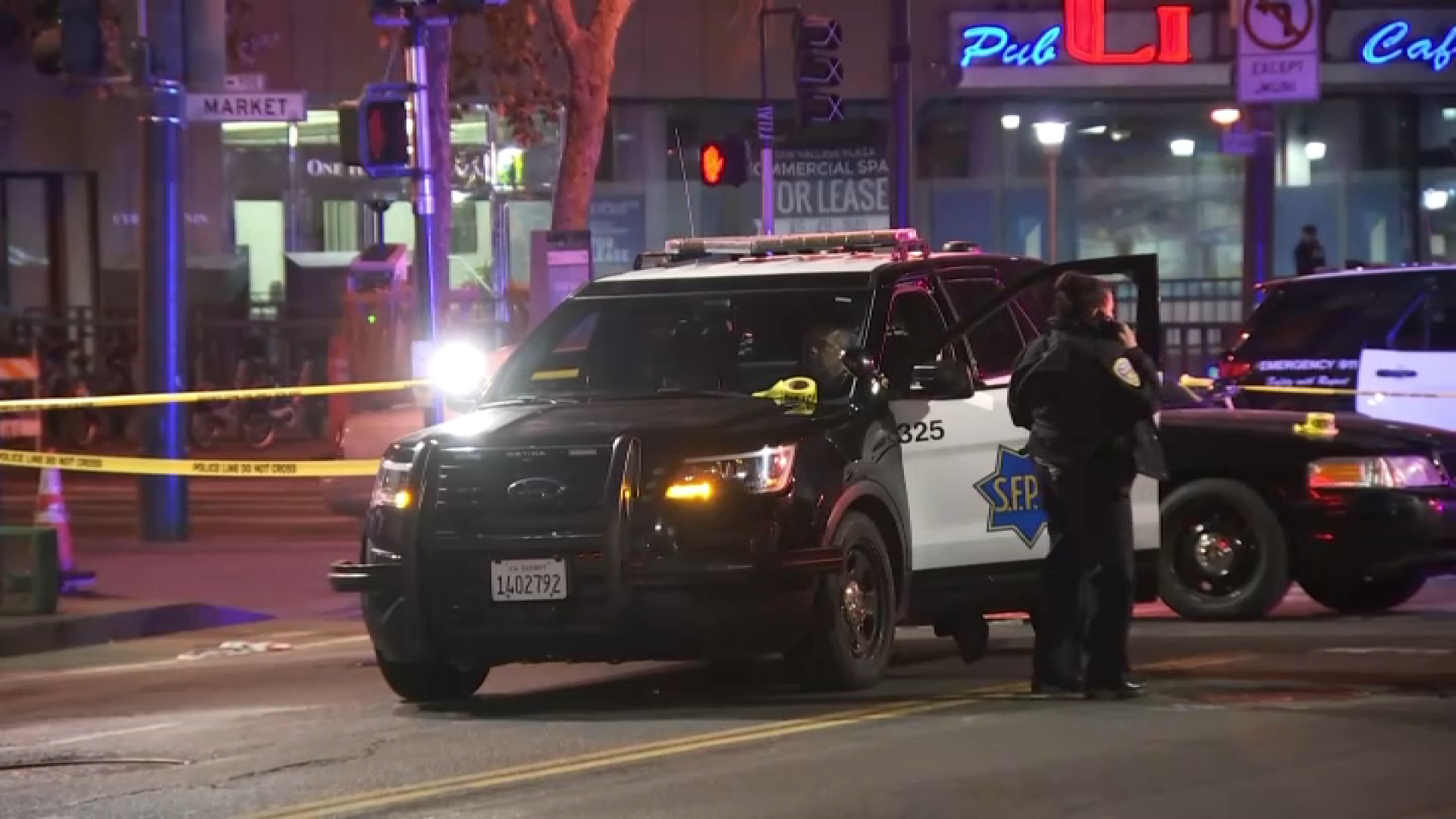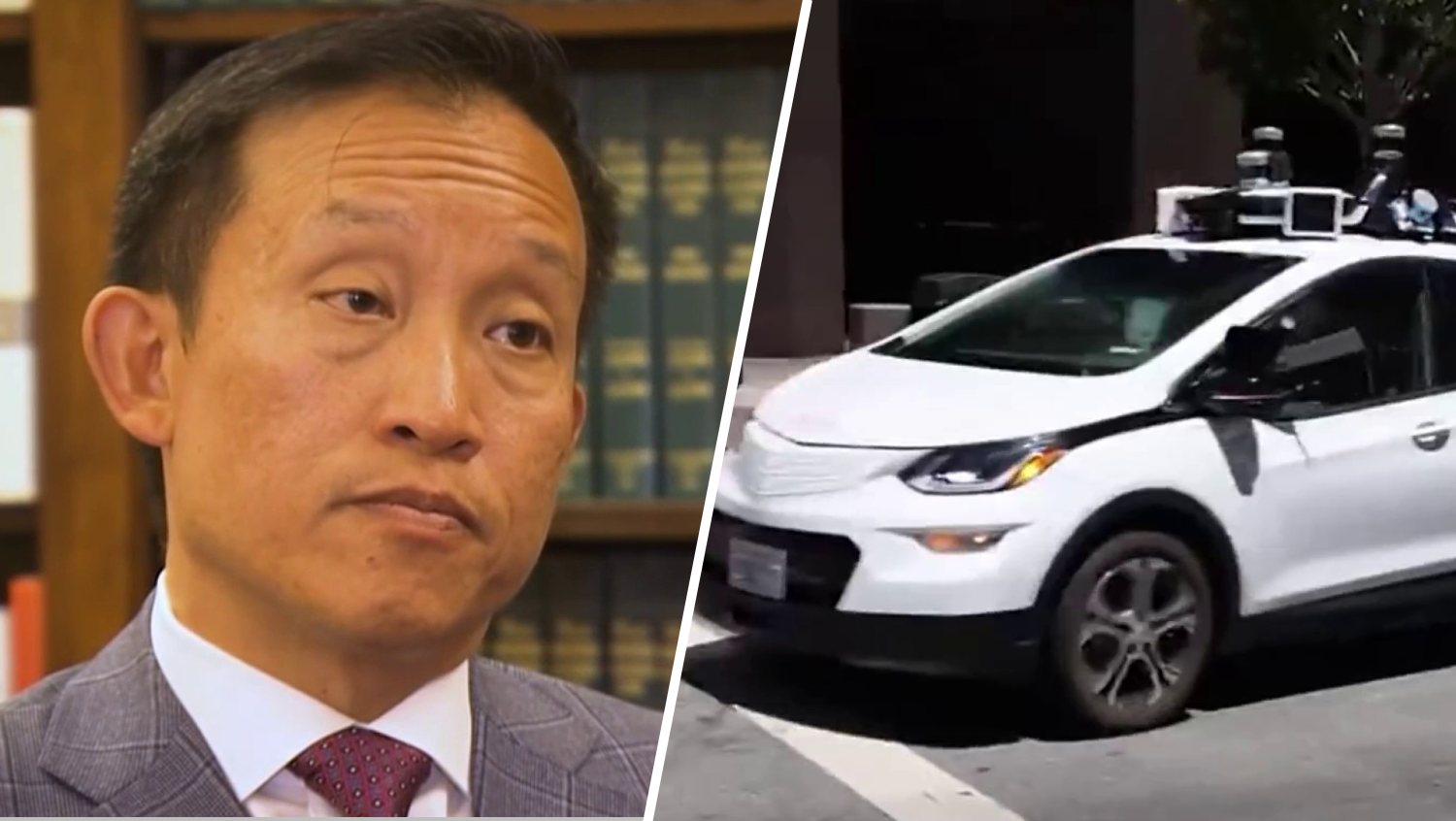Driverless technology is likely to scale faster and farther when its used to transport goods instead of people, according to autonomous vehicle experts who spoke to the NBC Bay Area Investigative Unit. Bigad Shaban reports.
By now, you’ve probably seen some of the viral videos.
Often captured on cell phones or surveillance cameras, the clips show driverless cars getting into head-scratching predicaments, like blocking traffic, colliding with emergency vehicles, or driving straight into wet cement.
Driverless car companies insist their research shows their robot cars are generally safer than human drivers. Fleets from the industry’s biggest players, Cruise and Waymo, have each logged roughly 5 million miles without human drivers in the car and have not been involved in a single fatal accident. The companies, however, concede they’re still ironing out some of the kinks in the technology when it comes to navigating unpredictable and sometimes chaotic urban environments like San Francisco.
While much of the focus on driverless technology has centered on robotaxis, transportation experts say the tech is likely to expand faster and farther when it’s used to transport goods, rather than people.
“The technology still isn’t at the level that it can really manage the full complexity in the driving environment,” said UC Berkeley research engineer Steven Schladover, who’s been studying self-driving cars for 50 years. “It needs a lot of human support.”
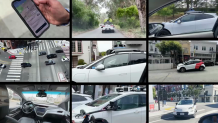
Driverless Delivery Services Promise Convenience and Safety
Removing human passengers from the equation makes the technology easier to implement and scale, according to Schladover.
“The systems can actually be designed to be more cautious drivers than they would be if they were carrying passengers,” Schladover said. “If the vehicle needs to slow down or needs to be deferential to other road users, there’s nobody sitting in that vehicle who’s getting impatient because they’re not getting to their destination on time.”
Nuro, a Silicon Valley based company, hopes to deliver on that prediction by utilizing autonomous vehicles to usher in a new age of door-to-door delivery services. The company has already deployed its self-driving cars to California, Texas, and Arizona for pilot programs delivering food and goods for Walmart, Uber Eats, Domino’s, and more.
Get a weekly recap of the latest San Francisco Bay Area housing news. Sign up for NBC Bay Area’s Housing Deconstructed newsletter.
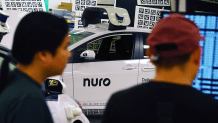
“Almost half of the daily trips taken by Americans are for these local errands that we have to run,” said Andrew Clare, PhD, Chief Technology Officer for Nuro. “Have our robots do your errands for you.”
Once the Nuro vehicle shows up at your home, the company sends a pin to your phone allowing you to unlock your delivery.
Clare says the technology delivers safety as well as convenience.
“The safest trip is a trip that you never had to take in the first place, where you have this vehicle go and get your groceries or your pizza or your laundry for you and bring it back to your home,” Clare said.

It’s been more than three years since Nuro’s robocars first hit the streets in the Bay Area.
Today, there are roughly 50 of them in California, and according to state and federal transportation records, Nuro vehicles in self-driving mode haven’t been involved in a single accident across the state.
While Waymo and Cruise have been involved in dozens of crashes over the past three years, according to the DMV, the companies have spent a lot more time on the road, and many of those collisions appeared to be the fault of other drivers.
Without a human driver in the car, Nuro's California fleet has only driven a few thousand miles, while Waymo and Cruise have each driven roughly 5 million driverless miles.
Long haul trucking speeds ahead with self-driving technology
Nuro’s small cars aren’t the only robots that could soon be moving goods on a large scale. Big rigs are also speeding ahead with driverless technology.
Long haul trucking is likely to see autonomous tech adopted more quickly compared to robotaxis, according to Schladover. Highway driving is typically more predictable and less complicated than city streets. Additionally, Schladover notes the trucking industry is down drivers.
“The driving population is really aging rapidly, so they’re going to age out and they can’t find new driver,” Schladover said.
According to the American Trucking Association, there’s a current shortage of roughly 78,000 drivers, which is only expected to double over the next decade.
Not so fast, say Teamsters
The robotruck solution, however, is a controversial one. The Teamsters Union, which represents tens-of-thousands of California truck drivers, has attempted to halt efforts to codify driverless trucking in California.
More than a thousand members recently marched to the state capitol in support of a bill that would require driverless trucks, weighing more than 10,000 pounds, to always have a human safety driver inside the cab.
Union leaders say robot trucks will drive away jobs and potentially make roadways more dangerous.
“You could have even bigger disasters than we’ve had with robot cars, just because of the bigger size, scope, weight, and speed of the vehicles,” said Jason Rabinowitz, president of Teamsters Joint Council 7 in Northern California. “The threat to our safety is enormous.”

Rabinowitz likened autonomous big rigs to airplanes, saying just because they can perform certain functions using computers, that doesn’t mean airlines decide to fly without humans in the cockpit.
“Many of the functions of the pilot are automated, but there’s still two pilots in the cockpit there to make sure that everything is safe,” Rabinowitz said.
NBC Bay Area investigation delved into safety record of driverless cars
In August, the Investigative Unit aired an in-depth report on NBC Bay Area and NBC Nightly News with Lester Holt regarding safety concerns surrounding autonomous vehicles. The investigation delved into the technology's crash record across California. Ten days later, the California DMV, which is responsible for regulating autonomous vehicles across the state, announced it was launching an investigation into Cruise's safety record after what the agency described as "recent concerning incidents."
The DMV launched its probe following a collision between a Cruise vehicle and a San Francisco fire truck. In conjunction with its announcement, the DMV also noted that Cruise agreed to cut its San Francisco fleet of driverless cars in half, limiting the company to just 50 vehicles during the day and 150 vehicles during the evening hours while the DMV continues its investigation.
Immediately following the DMV's announcement, a Cruise spokesperson told the Investigative Unit the company was complying with the request and provided a written statement saying "Cruise positively impacts overall road safety," and added Cruise will work with the DMV "to make any improvements and provide any data they need to reinforce the safety and efficiency of our fleet."
The DMV, which has the power to order driverless vehicles off the road by suspending or revoking their permits, has yet to issue any findings relating to its Cruise investigation or release a timeline of when it plans to do so.
"The DMV's investigation into Cruise continues, and Cruise continues to operate its active fleet at 50 percent," said DMV spokesperson Chris Orrick in a statement. "Consistent with its regulations, the DMV reserves the right, following investigation of the facts, to suspend or revoke testing and/or deployment permits if there is determined to be an unreasonable risk to public safety."
Self-driving big rigs remain controversial but vow to deliver major savings for trucking industry
Some companies are betting the potential cost savings of removing human drivers will continue driving autonomous technology forward.
Robot drivers don’t need to sleep or use the bathroom, so the vehicles can stay on the road longer. They can also drive in a “platoon,” where a line of trucks synchronized together can follow each other at close distances, improving gas mileage.
“Increased freight capacity at a fraction of the price of which today’s trucks are being operated,” said Cheng Lu, CEO of the autonomous trucking company TuSimple.
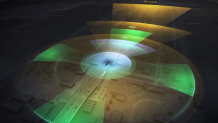
Lu said improving fuel efficiency and cutting out human labor means trucking companies could reduce their current budgets by roughly 40 percent.
“That would considerably reduce costs for us as consumers,” Lu said.
Despite receiving bipartisan support in the state legislature, Governor Newsom recently vetoed the bill mandating safety drivers inside self-driving big rigs and other large trucks, calling it “unnecessary” since current laws already allow the state to “create the appropriate regulatory framework.”
It’s now up to California’s Department of Motor Vehicles to balance the potential risks and rewards of the technology and develop rules governing how companies can begin testing self-driving trucks on state roadways.
Testing the technology is one thing, but Schladover said there’s still a way to go before humans can put learning to drive in the rearview mirror.
“We’ll see some driverless trucks on long-haul highways within the coming decade,” Schladover said. “But I don’t think we’re going to see widespread vehicles operating without drivers on board for a long time.”
Watch our entire investigative series
- Part 1: Driverless cars seek San Francisco expansion despite worries tech is unsafe
- Part 2: CPUC votes to expand driverless car operations in San Francisco
- Part 3: San Francisco city attorney files motion to pump the brakes on driverless cars
- Part 4: Google's Waymo says insurance data shows its driverless cars are safer than humans
- Part 5: Hit-and-run driver strikes pedestrian, tossing her into path of Cruise car in San Francisco
- Part 6: Driverless trucks and robot deliveries promise fewer traffic jams than robotaxis
- Part 7: Cruise says its robotaxis can now better detect emergency vehicles
- Part 8: California DMV orders Cruise's driverless cars off the road
- Part 9: Driverless cars immune from traffic tickets in California under current laws
- Part 10: GM's Cruise lays off nearly 25% of its workforce
- Part 11: Waymo's driverless cars surpass 7 million miles, but are they safer than human drivers?
- Part 12: Cruise probe blames poor internet, bad leadership, and "flawed" decisions for company's woes
- Part 13: Driverless Cruise car accused of almost hitting 7 yr old after similar close call involving kids
- Part 14: Cruise offers to pay $112,500 in fines to settle claims driverless car company misled regulators
- Part 15: Uber Eats now uses Waymo Self-Driving cars to offer driverless deliveries
- Part 16: Bills aimed at closing traffic ticket loophole for driverless cars get initial green light
- Part 17: School crossing guards say they've had to dodge driverless cars to avoid being hit
- Part 18: Cruise ordered to pay $112,500 in penalties for withholding info from regulators
- Part 19: Waymo waitlist over in SF, all can hail driverless cars
- Part 20: SF Mayor vows to hold driverless car companies accountable after NBC Bay Area report
- Part 21: San Francisco govt. officials meet with Waymo to discuss safety concerns near schools
- Part 22: California DMV gears up to allow driverless trucking despite calls to restrict high-tech big rigs
- Part 23: Cruise to abandon robotaxi business after tumultuous year
- Part 24: Waymo's robotaxis surpass 25 million miles, but are they safer than humans?
Contact The Investigative Unit
submit tips | 1-888-996-TIPS | e-mail Bigad
Contact The Investigative Unit
submit tips | 1-888-996-TIPS | e-mail Bigad

